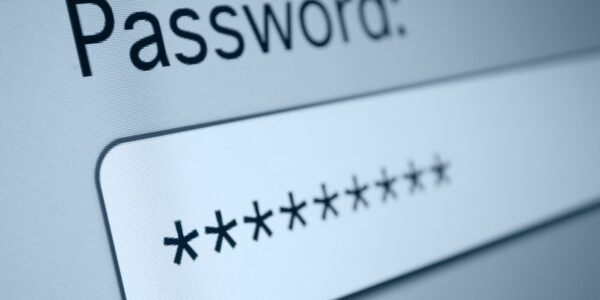According to the online cybersecurity journal DarkReading, the average data breach can cost businesses as…

Protect Your Organization From Spear Phishing. Here’s How!
The year 2016 saw an exponential rise in major data breaches. Hackers got a firm grip on literally hundreds of thousands of organizations. This included major corporations, Fortune 500 companies, tech companies, and so on.
For example, did you know that there’s a hacker attack every 39 seconds?
Phishing attacks remain one of the primary ways hackers get their hands on confidential information. But did you know about Spear Phishing?
Many organizations are working hard to educate employees on the dangers of phishing. Spear phishing though is a particularly dangerous form of this type of scam that works at co-opting an employee’s information that you might not have even heard about.
Spear Phishing vs Phishing
So how do spear phishing attacks differ from standard phishing attacks? To keep yourself safe, you need to know your enemy.
It doesn’t matter if you can keep yourself safe from one if you can’t keep yourself safe from the other. Data lost is data lost.
To resolve this, let’s take a look at some of the differences between a standard phishing attack and a spear phishing attack.
Standard Phishing
Standard phishing is one of the oldest tricks in the book when it comes to internet scams. It became popular in the early days of the internet when people were a bit more trusting. It relies on poor internet literacy.
This is why to this day, the standard victims of phishing tactics are older people who don’t understand the internet as well.
There are several ways phishing is conducted, but the standard method is to send out a mass email posing as some sort of trusted party. This might be a large company that you often buy from and log into — like Amazon, a credit card company, or even your employer.
These messages will disguise as casual, telling you to click on a link or enter your information. It will give justification for this, telling you you might need to update your account, etc. Once you click on these links or type this information in, cybercriminals move in.
This is bad enough when it happens to someone on their own. It gets even worse when people work for a bigger company, and suffer from a phishing attack on a company account. From here, the cyber criminals can find out sensitive information, and likely will be able to get access to information about other people in the company.
You can usually spot a phishing attack with typos. Often, people conducting these attacks aren’t native English speakers, and send out these emails en masse. They’re playing the numbers game here.
Usually, the scammer will use a domain name with a slightly misspelled title, or make up a name that sounds like a trusted domain. They might use a name like “Apple Store Support Team” — so that you assume it’s an email from Apple.
Spear Phishing
Spear phishing is more sinister than phishing, because it’s significantly more targeted. It’s a more complex and sophisticated form of cybercrime, so if someone is attempting it on you, they likely have some experience in this world.
Spear phishing is when someone uses phishing tactics on a specific person. Already, this has scary implications. If you’re the target of a phishing attack, someone has chosen you as their target; they don’t just want information, they want your information.
Someone who’s targeting you for a phishing attack likely has your name, knows where your work, knows your email, and knows about your job role.
Generally, from here, the tactics are the same as phishing tactics. The scammer is going to try to get you to give away your info to them so they can get their way in to your company.
However, these tactics are going to be significantly more effective because the message wasn’t sent out en masse. It was sent just to you.
Likely, the person conducting this scam has thought this true, speaks English well, and is, most alarmingly, quite smart. They’ve probably studied the correspondence between you and trusted sources — maybe a higher-up in your company, and be able to replicate the tone of the conversation.
They might, for example, “respond” to an email thread between you and your boss from a slightly altered domain name, leading you to not even realize something strange is going on.
What Helps Protect From Spear Phishing
Fortunately, it’s not as hard as it seems to stay safe. At the end of the day, spear phishing is still phishing — it’s just more convincing. If you know the signs of phishing and stay hyper-vigilant, you’ll keep yourself safe.
Cybercriminals can only get in with this record if you give your information or click a link. For all their advanced technology and research, they still need you to invite them in.
Train your employees to recognize phishing attacks. Teach them what spear phishing attacks are. They might be familiar with old-school attacks but think they’re safe if the attack is more personal.
Prevention is the best cure when it comes to cybersecurity.
Another important way to keep yourself safe is to keep your cybersecurity protocol as updated as possible. All of the money you spend on keeping yourself safe won’t mean anything if the criminals can stay ahead of you.
Stay Safe From Attacks
As you can see, spear phishing attacks are some of the most dangerous and malicious types of cybersecurity attacks out there. Not only do you have to worry about getting your data breached, you also have the stress of knowing that the hackers have been studying you.
At the end of the day, however a spear phishing attack is still a phishing attack. You can avoid the negative effects if you understand the risks and train your employees.
For more info on IT support, contact us today.

